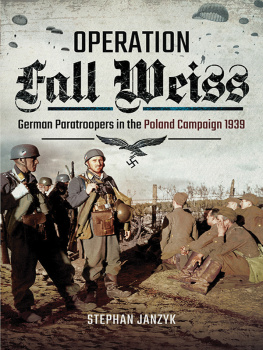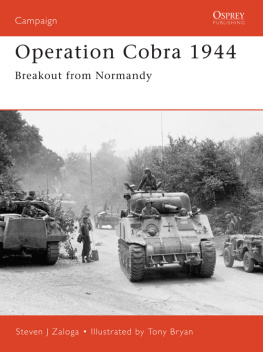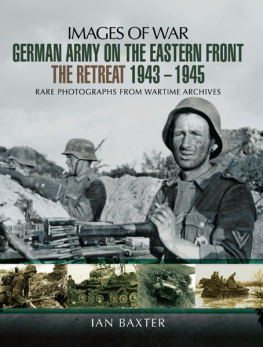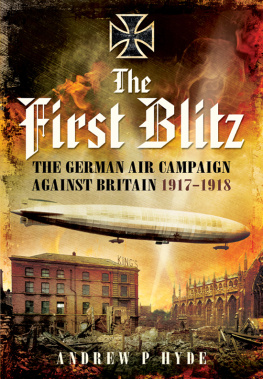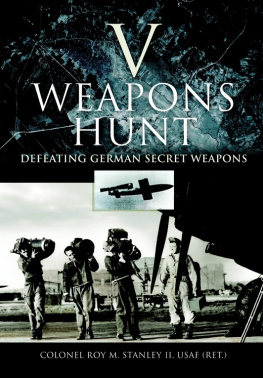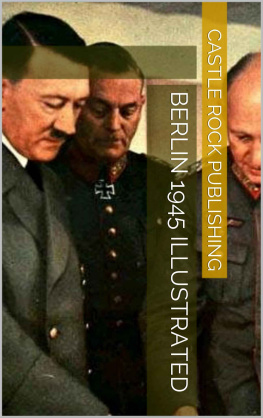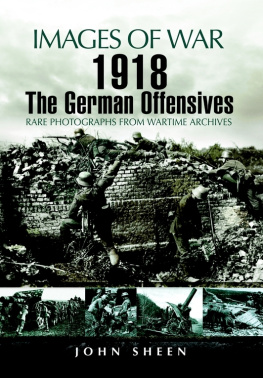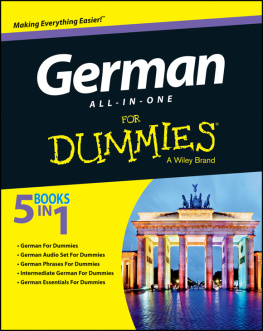Whitehead - Day Before the War: The Events of August 31 That Ignited World War II
Here you can read online Whitehead - Day Before the War: The Events of August 31 That Ignited World War II full text of the book (entire story) in english for free. Download pdf and epub, get meaning, cover and reviews about this ebook. year: 1939, publisher: MMImedia, LLC, genre: Detective and thriller. Description of the work, (preface) as well as reviews are available. Best literature library LitArk.com created for fans of good reading and offers a wide selection of genres:
Romance novel
Science fiction
Adventure
Detective
Science
History
Home and family
Prose
Art
Politics
Computer
Non-fiction
Religion
Business
Children
Humor
Choose a favorite category and find really read worthwhile books. Enjoy immersion in the world of imagination, feel the emotions of the characters or learn something new for yourself, make an fascinating discovery.

- Book:Day Before the War: The Events of August 31 That Ignited World War II
- Author:
- Publisher:MMImedia, LLC
- Genre:
- Year:1939
- Rating:3 / 5
- Favourites:Add to favourites
- Your mark:
- 60
- 1
- 2
- 3
- 4
- 5
Day Before the War: The Events of August 31 That Ignited World War II: summary, description and annotation
We offer to read an annotation, description, summary or preface (depends on what the author of the book "Day Before the War: The Events of August 31 That Ignited World War II" wrote himself). If you haven't found the necessary information about the book — write in the comments, we will try to find it.
Day Before the War: The Events of August 31 That Ignited World War II — read online for free the complete book (whole text) full work
Below is the text of the book, divided by pages. System saving the place of the last page read, allows you to conveniently read the book "Day Before the War: The Events of August 31 That Ignited World War II" online for free, without having to search again every time where you left off. Put a bookmark, and you can go to the page where you finished reading at any time.
Font size:
Interval:
Bookmark:
THE DAY BEFORE THE WAR
The events of August 31, 1939 that led to World War II

by Dennis Whitehead
THE DAY BEFORE THE WAR
Dennis Whitehead
COPYRIGHT 2014 DENNIS WHITEHEAD, MMIMEDIA
All right reserved.
Published in the United States by MMImedia, LLC
The Day Before the War / Dennis Whitehead. 1st.ed.
First American Edition
All Rights Reserved
Cover photo of Sender Gleiwitz
courtesy of Andrzej Jarczewski
Table of Contents
Never think that war, no matter how necessary, nor how justified, is not a crime.
-- Ernest Hemingway, introduction, Treasury for the Free World , by Ben Raeburn, 1946
UPPER SILESIA, 1939

Detail from a 1939 map (courtesy of Thorsten Minse)
The late summer sun dipped below the horizon as two black sedans pulled alongside the road approaching the entrance to Sender Gleiwitz, a radio transmitter station on the outskirts of the German Silesian city of Gleiwitz, what is today Gliwice, Poland.
It was a pleasant evening with ambient light illuminating the sky above the flat landscape. As August would give way to September the next day, the waning moon, only two days after its fullest point, had not yet appeared.
The 364-foot wooden tower of Sender Gleiwitz was visible from miles away. A six-foot wire mesh fence topped with barbed wire surrounded the transmitter property. Two gates offered entrance from Tarnowitzer Lan d stra e (today Tarnogrska Street).
The haze of coal-fired home stoves hung in the air. Eight oclock in the evening was a time when many Gleiwitz households were relaxing and listening to their radios.
News programs on the hour would often begin and end with the rousing martial tune Marsch der Deutschen aus Polen , March of the Germans in Poland, written by Heinrich Gutberlet:
Whatever threatens you,
a sacred flame
gives you the power of the sun.
Never letting you be enslaved,
never letting you be disenfranchised.
God gives the righteous
true heroism.
Whatever will be,
be loyal to your homeland,
stay rooted!
Fight, bleed, sacrifice,
for your ultimate legacy.
Win or die,
be forever G erman!
As the music played, introducing the upcoming German news broadcast, seven men dressed in the typical garb of Polish insurgents a well-worn wool coat tied at the waist with a belt, high black boots with pants tucked inside, and a loose woolen hat with a badge pinned above the brim bearing the words oddziay szturmowe (shock troops) beneath a skull and crossbones approach the gated entrance to the transmitter. Their mode of attire was familiar in the Upper Silesian countryside after World War I as Poles fought for inclusion of the territory as part of Poland and against German dominance.
The men were armed with machine pistols and revolvers as they emerged from the sedans. The ragtag group was led by SS-Sturmbannfhrer Alfred Naujocks, an old dockside ruffian from Kiel, Germany and sabotage specialist for the Sicherheitsdienst (SD) in Berlin.
They walked the short distance toward the gate. One jumped over, unlocking the bolt holding it closed. Naujocks signaled for two of the men to stay at the gate to receive the konserven, or canned goods, that would soon arrive. He led the remainder toward the side door of the center building of three buildings that housed the transmission control room. Rushing in, the men screamed Hnde hoch! (Hands up!) as they burst through the doorway.
In 1939, Gleiwitz was part of Ostdeutschland, East Germany, an accession born of the post-World War I Treaty of Versailles. Located in Oberschlesien (Upper Silesia). The region was located at the intersection of collapsing empires the German Empire (Deutsches Reich), covering the north and west, the Austro-Hungarian Empire to the west and south, and to the east, the collapsing Imperial Russian Empire and the ascendant Bolshevik revolution.
As World War I entered its final year, U.S. President Woodrow Wilson delivered his Fourteen Points speech on January 8, 1918, outlining the foundation for settlement of the worldwide conflict. Wilson stood as the only leader among those allied against the Central Powers to clearly state the aims of the war, the post-war settlement, and Wilsons dream of a post-war League of Nations.
Among Wilsons fourteen points, his thirteenth addressed Polish independence:
An independent Polish state should be erected which should include the territories inhabited by indisputably Polish populations, which should be assured a free and secure access to the sea, and whose political and economic independence and territorial integrity should be guaranteed by international covenant.
In the eleventh hour of November 11, 1918, the Armistice was signed bringing an end to the war. On the same day, Poland declared its independence.
Through the war, Poland was divided between three of the four empires fighting on their soil the German, Russian, and Austro-Hungarian Empires, with the Ottoman Empire as the fourth. Oberschlesien, was at the convergence of the three.
The Russian Empire was allied with the west but the turmoil of revolution and the unpopularity of the military grew as the anti-imperial Bolsheviks seized power in Moscow in 1917. The new regime gradually withdrew forces from the war, culminating in the signing of the Treaty of Brest-Litovsk with Germany on March 3, 1918. This brought a cessation to the fighting along Germanys Eastern Front, allowing them to turn their undivided attention to the Western Front in France. With the United States joining the fight in 1917, Germanys combat losses mounted. The influenza pandemic of 1918 also took a significant toll on Germanys battlefield numbers, perhaps even more so than actual combat losses. As their war collapsed, revolution overtook the streets of major German cities. Vladimir Lenin hoped the success of a German revolution would create an alliance between the two countries. The nations standing in between the two could be utilized for mutual benefit.
Oberschlesien held mineral wealth and an industrial base founded upon German enterprise and Polish labor. German people, culture, and language dominated Oberschlesien towns, while Poles dominated the countryside. Germany coveted Oberschlesien, located in southern Poland, adjoining Germany and Czechoslovakia on the postwar map, and with the aid of Britain and Italy, and against the opposition of the French, pressed for the rights to the region. In the Versailles Treaty, a referendum of the Oberschlesien citizenry would determine Oberschlesien domain.
In 1921, the vote was held and the results favored envelopment into Germany roughly sixty percent of the vote versus forty, but there were deep regional divides. In the end, Germany gained most of the territory, with eastern portions aligning with Poland and a small parcel with Czechoslovakia. In exchange for the compromise dividing the region, Germany received concessions for discounted Silesian coal.
German investment and presence in Oberschlesien increased as the Nazis rose to power in Berlin. Given its frontier position to Poland, German troops were a common sight in and around Gleiwitz. The Ulanen Kaserne, Lancers Barracks, in central Gleiwitz was the headquarters for the 84 th Infantry Regiment. In 1935, Lorenz AG erected the 111-meter, 364-feet, wooden transmission tower, Reichssender Gleiwitz for the German postal service, the Deutsche Reichspost. The first broadcast on December 22, 1935 opened with the mining song, Glck auf, der Steiger kommt, (loosely, Good Luck, the Mine Supervisor is Coming). Reich Minister of Propaganda Joseph Goebbels was among the dignitaries attending the inaugural broadcast. The city already had its own radio station, Rundfunk Gleiwitz, located on the other side of town from Sender Gleiwitz, but that the new tower quickly overshadowed facility. The old station, featuring a building with two towers alongside, often shown to illustrate Sender Gleiwitz, was dismantled in 1937 and the equipment sent to Danzig. Sender Gleiwitz was an important propaganda tool in the region, relaying German music and carefully controlled information from the Reich broadcasting station in Breslau, today Wroclaw, Poland. To mark the true ownership of Sender Gleiwitz, a nearly fifteen-foot column was erected in the center of the front courtyard, easily visible from the street, topped with a Nazi eagle.
Next pageFont size:
Interval:
Bookmark:
Similar books «Day Before the War: The Events of August 31 That Ignited World War II»
Look at similar books to Day Before the War: The Events of August 31 That Ignited World War II. We have selected literature similar in name and meaning in the hope of providing readers with more options to find new, interesting, not yet read works.
Discussion, reviews of the book Day Before the War: The Events of August 31 That Ignited World War II and just readers' own opinions. Leave your comments, write what you think about the work, its meaning or the main characters. Specify what exactly you liked and what you didn't like, and why you think so.






